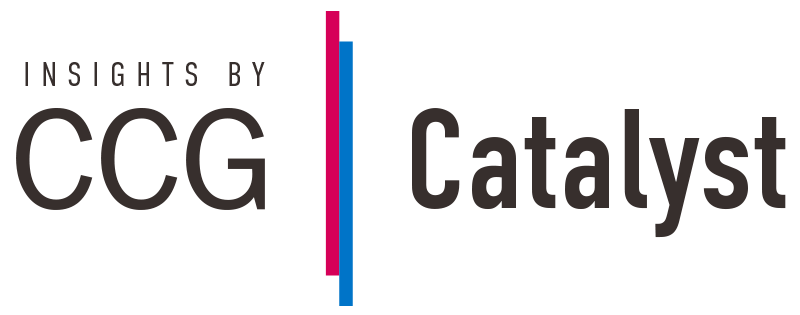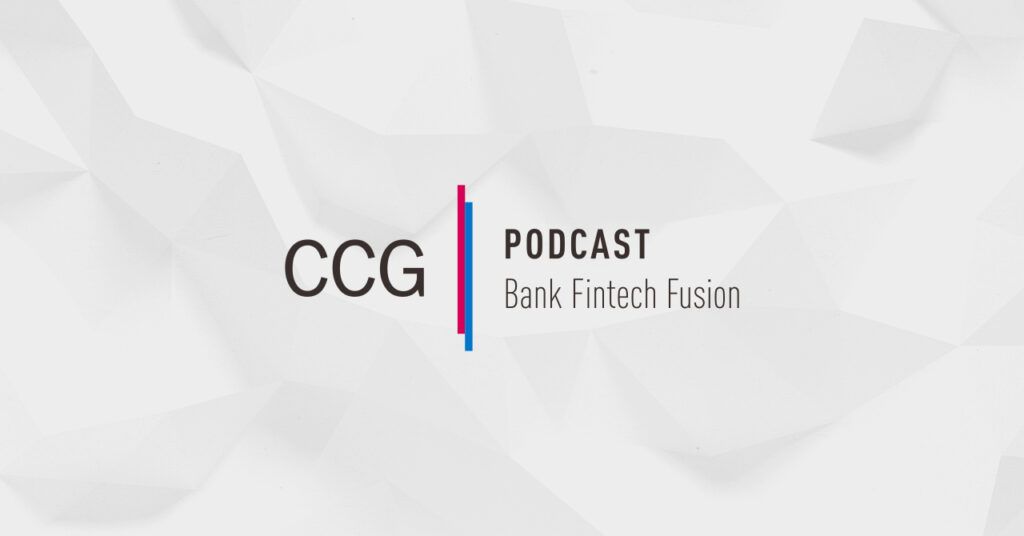The Rise of the Vertical Bank
© Shutterstock
How community banks will survive has been a topic of conversation in the industry for some time, and with good reason. Younger people, in search of the best and latest functionality, are flocking to the large banks. The geographic location of banks matters less as transactions flow to digital channels, and customer service is not enough — customers are increasingly likely to talk with bots rather than branch employees.
Much advice in the field has to do with digital transformation. Reshape your bank’s culture to one of innovation and focus on digital — specifically mobile — above all else. Engage with fintechs, embed your innovation team with the lines of business, get C-level buy-in — all these are important, but in the end, a small bank with a limited budget will still be competing to produce a better product than much larger, better funded banks. Those are long odds for a community institution to overcome. The biggest threat to most banks is not Amazon but the megabanks themselves.
Another option cited by pundits is banks becoming platforms. APIs and open banking will allow banks to distribute their services, and the bank can offer a variety of customer-facing solutions built by someone else. Partnering with fintechs will extend a bank’s reach and allow for best-in-class products and services. However, open banking and platforms may not be the salvation banks were promised. A recent report predicts that 10% of banks in Europe, where digital transformation and open banking are far ahead of the U.S., will fail in the next five years.
But even the smallest bank can choose to go vertical and specialize in an area of business in which it is already working.
Specialization is not a new trend in banking. New York-based Emigrant Savings Bank was founded in 1850 to serve the needs of the city’s growing immigrant population. QED Ventures, led by Capital One co-founder Nigel Morris, has let the world know it is funding a bank for landlords and property managers. QED partner Frank Rotman listed other possibilities, such as a bank for gig workers, a bank for startups, and a bank for midsize businesses. Some of these already exist in some form, with Green Dot/GoBank for gig workers and Silicon Valley Bank for startups, but there is room for more, and unaddressed markets remain.
VC interest in funding new banks is nothing new. Marketplace lending specialist Cross River Bank continues to pull in venture dollars, and Marc Andreessen tweeted back in 2014, “I am dying to fund a disruptive bank.” (His firm ended up taking a different path, becoming an investment bank itself.)
A bank account for landlords is offered by Investors Bank, headquartered in Short Hills, N.J., serving the New York metropolitan area. A vertical bank such as that mentioned by QED will require specific products and services catering to the clientele it is targeting. The Investors Bank account offers the following functionality:
- Efficiently manage rental security deposits
- Provides interest-bearing savings sub-account in tenants’ names linked to master escrow account
- Enables easy activity and balance tracking for each tenant sub-account
- Allows earned interest to remain in tenant sub-accounts, or check can be mailed to tenant
- Disbursements made through secure email
Rotman notes that having a much more limited suite of products will enhance the relationship customers have with their banks. This implies advisory services on top of transactional products. He writes, “These are exciting times unless you’re an entity that offers hundreds of products that don’t talk to each other and are serving customers who aren’t sure you’re looking out for their best interests.”
Banks should examine their current customer bases to see which types of customer are already the most important to the bottom line and focus on them. Zeroing in on a particularly profitable customer segment can help banks orient themselves toward their future. Picking what a bank is good at and sticking to it offers better hope for thriving than attempting to copy what the largest banks are doing.
Back in 2014 CCG Catalyst CEO Paul Schaus offered advice for banks looking to differentiate:
- Community banking is not a niche — don’t try to get by on service or location
- Build on your strengths — look at the fastest-growing areas of the bank
- Don’t get carried away by what’s hot — don’t go all-in on the buzziest thing but stick to your strengths
Another lesson is that profitability requires scale. Effort needs to be concentrated on the bank’s chosen niche, and other areas must be allowed to follow, not lead. Trying to be good enough at everything is a recipe for failure — banks offer too many products to be the best at everything. Don’t try to keep up with everyone else in every product category — find your particular lane and hit the gas.
Subscribe to CCG Insights.







